Animation's gay revolution isn't as progressive as you think
Are these characters gay enough?
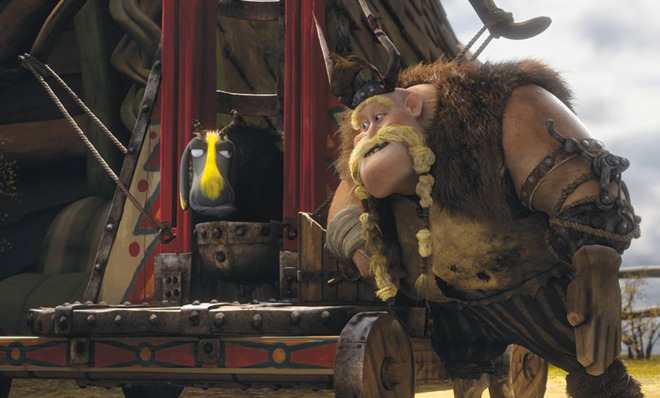

Someone tell conservatives to hide their kids, because animation is getting really gay.
As Gawker's Rich Juzwiak pointed out, DreamWorks' How To Train Your Dragon 2 just became the latest in a series of animated films to include, either implicitly or explicitly, a gay character. In Dragon 2's case, this character is Gobber, the viking voiced by Craig Ferguson. Gobber's sexuality was revealed in a seemingly throwaway piece of dialogue, one whose reveal was ad-libbed by Ferguson: "This is why I never married...that, and one other reason." When Dragon 2's openly gay director, Dean DeBlois, heard Ferguson's ad-lib, he liked it so much that he decided to keep it in.
Juzwiak writes, "That Gobber is butch and otherwise not identifiably gay makes his coming out that much more powerful. He's just gay, that's just part of him." Gobber joins other animated characters from the past few years whose queerness just happens to be one aspect of their larger identity — including Mitch, the lunk-headed jock from ParaNorman, and Frozen's trader and family man Oaken. Juzwiak also makes note of several other potentially gay characters throughout the history of animation, including Queen Elsa (also of Frozen), The Powerpuff Girls' villain Him, Peanuts' Peppermint Patty, and Scooby Doo's Velma.
The Week
Escape your echo chamber. Get the facts behind the news, plus analysis from multiple perspectives.

Sign up for The Week's Free Newsletters
From our morning news briefing to a weekly Good News Newsletter, get the best of The Week delivered directly to your inbox.
From our morning news briefing to a weekly Good News Newsletter, get the best of The Week delivered directly to your inbox.
In the end, Juzwiak concludes, "I don't really need the validation of seeing people like me on a screen — that's not what I use pop culture for… But it seems to me that having positive, openly gay characters in children's culture could make a difference to impressionable minds. If nothing else, it shows kids that being gay is no big deal. It's not anything to be ashamed of. Other people's sexuality is no threat."
Making it clear that other people's sexuality is no threat may be among the most noble causes today's animators could take up, and the more gay characters Disney, DreamWorks, and additional studios include in their films, the better the world of entertainment will be. But despite the progress that's being made, it might still be worth asking, are these characters gay enough?
Frozen is hardly the first animated movie to contain what many have interpreted as a gay subtext. Despite all the concern over the occasionally problematic sociopolitics of the Disney princesses, there's actually a growing theory that most Disney films are pretty pro-gay. Many of Disney's perceived gay characters do happen to be villains — some of whom aren't even human, which is a bit troubling. But on the other hand, the idea that an antagonist like The Little Mermaid's Ursula (famously modeled after Divine) even made it into a Disney film in 1989 feels like a big victory in and of itself. And beyond Disney, homosexual undertones can be found in a quite a few of television's most beloved cartoon characters.
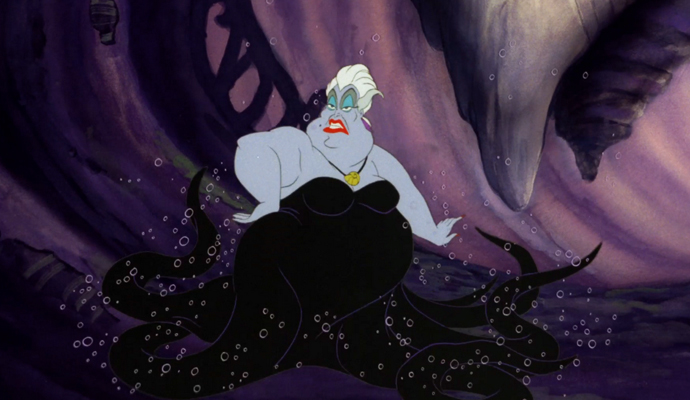
But this is 2014, a time when 19 states and counting allow gay marriage. Undertones and subtext in animals and robots no longer make for progressive LGBT characters where animation is concerned.
A free daily email with the biggest news stories of the day – and the best features from TheWeek.com
And to make matters worse, adult animation continues to lag behind in terms of gay characters, too. The most prominent gay characters on Seth MacFarlane's two longest running shows are a drunk alien and a murderous baby. And although it's gone out of its way to have discussions about homophobia, The Simpsons continues to be desperately lacking in LGBT characters (who aren't closeted) as well. The only member of their vast ensemble who is out and proud is Aunt Patty, and in the one episode that did revolve around her homosexuality, she almost marries a man. Then there's South Park, who despite espousing plenty of pro-gay sentiment, have mostly portrayed their LGBT characters as overly stereotypical or freakish.
In a lot of ways, the history of gay characters in animation is like the history of gay characters in genre entertainment. Superheroes like the X-Men have gotten a lot of praise for their allusions to the LGBT community. Before the release of the latest film, Charles "Zan" Christian of The Advocate talked about how the comic books helped him deal with this sexuality as a kid. "Picture it: You're 13 years old, and you're starting to notice that you're different from the other kids at school," Chistian wrote. "Despite not knowing exactly what's going on, you know that it's important to stay hidden. If you work at it, you can keep the secret. If you're exposed, you face being rejected by your family, shunned by your community, or even beaten or killed. All for just being who you are. If this sounds familiar, you're not alone. There is a whole movie franchise that understands where you're coming from."
But recently, the use of metaphor to indicate queerness in genre storytelling has become frustrating. Why create an allegory for being gay when you can tell a story with actual gay characters in it? That's why for all of the applause the X-Men films have gotten, there's also a growing backlash against the movie franchise for creating stories that persist in mainly focusing on straight, white males, albeit ones with superpowers.
A harsher critique of modern genre entertainment still is the accusation of "queerbaiting," a practice in which characters who are portrayed as having LGBT tendencies end up being straight when matters of sexuality arise. Earlier this year, Hannibal creator Bryan Fuller (who is gay himself) faced accusations of queerbaiting, directed at his NBC cult favorite. Fuller has defended himself against these allegations by claiming that many of his choices for the show are intentionally homoerotic. But for LGBT viewers, this isn't so much representation as it is a wink and a nod, akin to Oaken showing off his happy family in Frozen. Hannibal may not be queerbaiting, but it isn't exactly revolutionary either.
For the world of animation to avoid queerbaiting and heavy-handed metaphor, the solution may be to carve out a place in stories specifically for gay characters.
This is no easy task, as making space for minorities too often involves tokenism and over-simplification. For instance, writer Deborah Pless (of the blog Kiss My Wonder Woman) has talked about the rise of the "St. Gay" in pop culture, the St. Gay being an angelic LGBT character that stands in for every gay person ever. "If the entire purpose of a character is to stand in for all other people of that race, gender or sexuality, that's what we call tokenism, and also bad writing," Pless argued. "A good character is just that character. He or she isn't every black woman or every gay man or every disabled youth. They're just characters that happen to be these things."
Tokenism is also harmful in a very real world way. For instance, when the Instagram of black gay dads Kaleb and Kordale went viral few months ago, the two men became an important symbol of what it means to be gay and a minority. But in the "cuteness" that was ascribed to their family, the internet also made them tokens of their race and sexuality. They were non-threatening, non-traditional, and generally considered "adorable," which in some ways made them seem more like animated characters than living, breathing people.
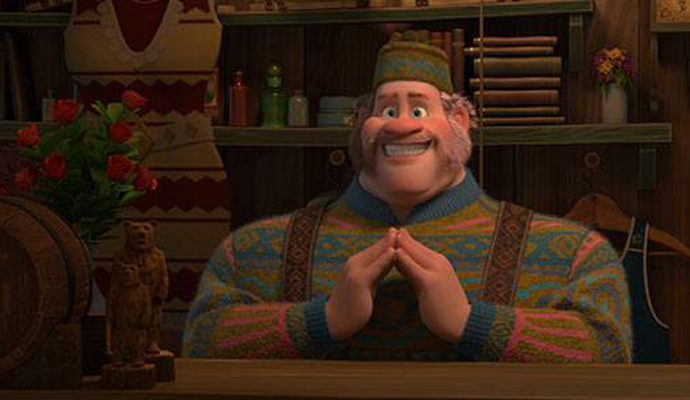
Yet tokenism in animation might not be a bad thing if it came with real visibility. It's time for an animated character to be gay not by accident, like Dragon 2's Gobber, or by incidentals, like Frozen's Oaken, but by design. The best characters, gay or otherwise, are complicated and detailed. Ideally, a gay character's sexuality shouldn't be the only thing that defines them, but it should be treated as more than a parenthetical. In the animation world, having a major character announce they're gay from the get-go (without the requisite wink or nod) would be a much-needed step in the right direction.
Since animation is more often than not intended for children, openly gay characters are essential for the medium to send a healthy message. Thinly veiled gayness is fine, but the message it sends isn't nearly as strong. Consider the outrage the Disney Channel's Good Luck Charlie elicited when they casually depicted two gay moms in January. They only acknowledged these characters' sexuality briefly, when the dad on the show said, "Taylor has two moms!" prompting his wife to reply, "Wow, nothing gets past you Bob."
Was the addition of these characters tokenism? Probably. Did they have any discernable factors other than that they were gay? Probably not. But were they without out a doubt, absolutely, positively, openly, and clearly lesbians? They were. This alone was enough to anger the notorious conservative group One Million Moms, and when One Million Moms gets angry, you know you're doing something right.
The danger in making gayness an afterthought in animation is that it suggests homosexuality remains something not to be discussed. And if our children are going to grow up in a more accepting world than we did, discussion is vital.
A few years ago, J.K. Rowling announced that Dumbledore, of her iconic Harry Potter series, was gay. Time's John Cloud then wrote about how this revelation, which came after the books were complete, not only didn't make sense, but how it personally hurt him:
Sure, he's heroic. His twinkling eyes, his flowing manteau, his unfailing wisdom — Rowling made it impossible not to revere him. But here is a gay man as desexed as any priest — and, to uncomfortably extend the analogy, whose greatest emotional bond is with an adolescent boy: scarred, orphaned, needy Harry. Rowling said that in her conception of his character, Dumbledore had fallen in love with Gellert Grindelwald long ago, when the two were just teenagers. But Grindelwald turned out to be evil — Rowling's Hitler, in fact — which apparently broke Dumbledore's heart.
As far as we know, Dumbledore had no fully realized romance in all his 115 years — just a lifetime spent around children and, for the seven years we know him, a fascination with the boy Potter. That's pathetic and frustratingly stereotypical. It's difficult to believe someone as wise and sane as Dumbledore couldn't find at least one wizard his age to take to the Three Broomsticks. [Time]
Cloud's main point is that it would have been so simple for Rowling to validate Dumbledore's sexuality, if it was really important to her. "The Potter books add up to more than 800,000 words before Dumbledore dies in Harry Potter and the Half-Blood Prince," he writes, "yet Rowling couldn't spare two of those words to help define a central character's emotional identity: 'I'm gay.'"
Sadly, until those two words become the norm, many animated characters' emotional identities will suffer, too.
From our friends at The Daily Dot, by Chris Osterndorf.
More from The Daily Dot...
• Why Frozen and Catching Fire won't do much for women in Hollywood
• Did Supernatural just give fans the queer romance they've been hoping for?
Chris O'Shea is a freelance writer living in Charlottesville, Virginia. His work has appeared in Esquire, GQ, The Village Voice, and more.
-
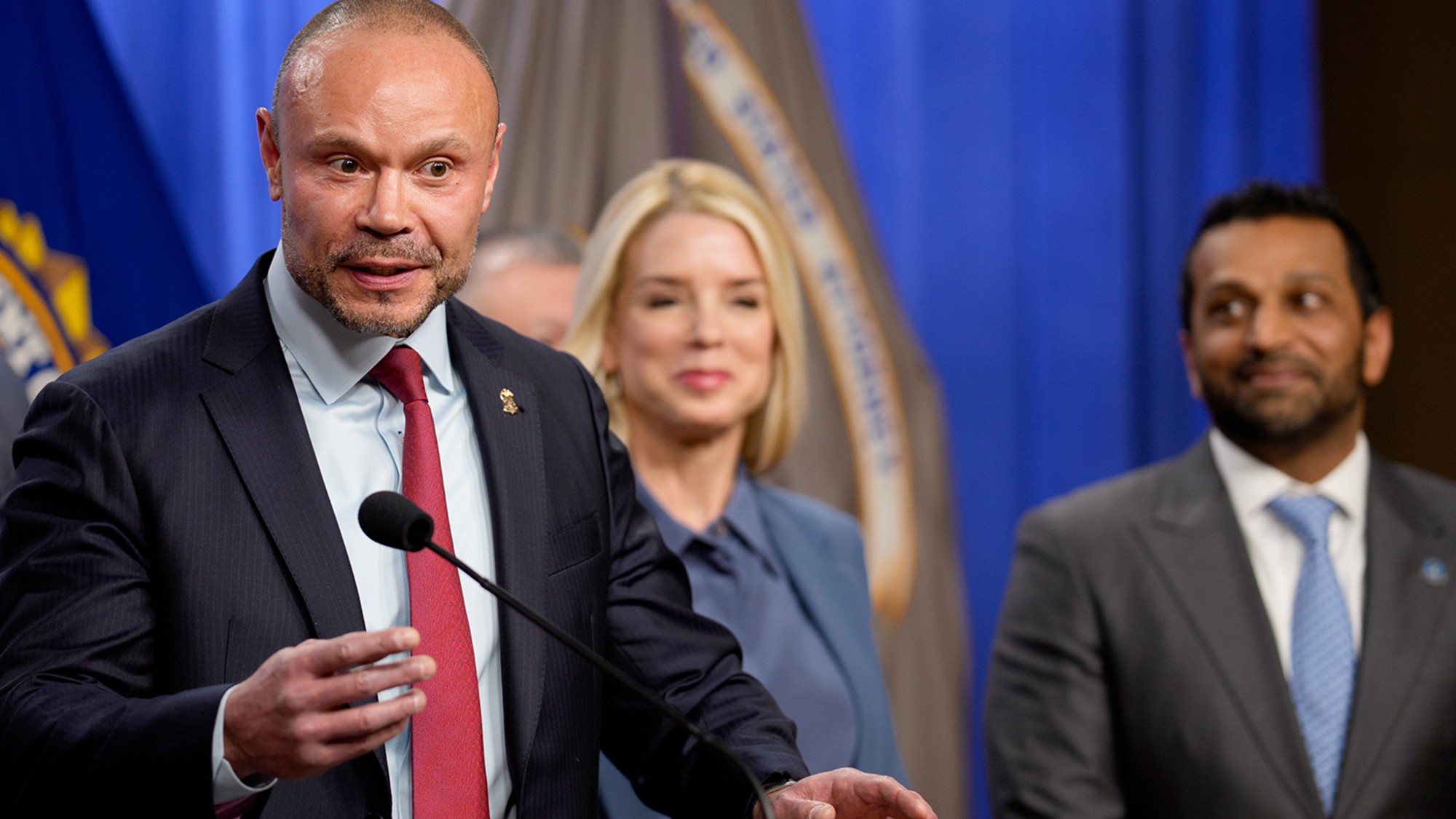 Pipe bombs: The end of a conspiracy theory?
Pipe bombs: The end of a conspiracy theory?Feature Despite Bongino and Bondi’s attempt at truth-telling, the MAGAverse is still convinced the Deep State is responsible
-
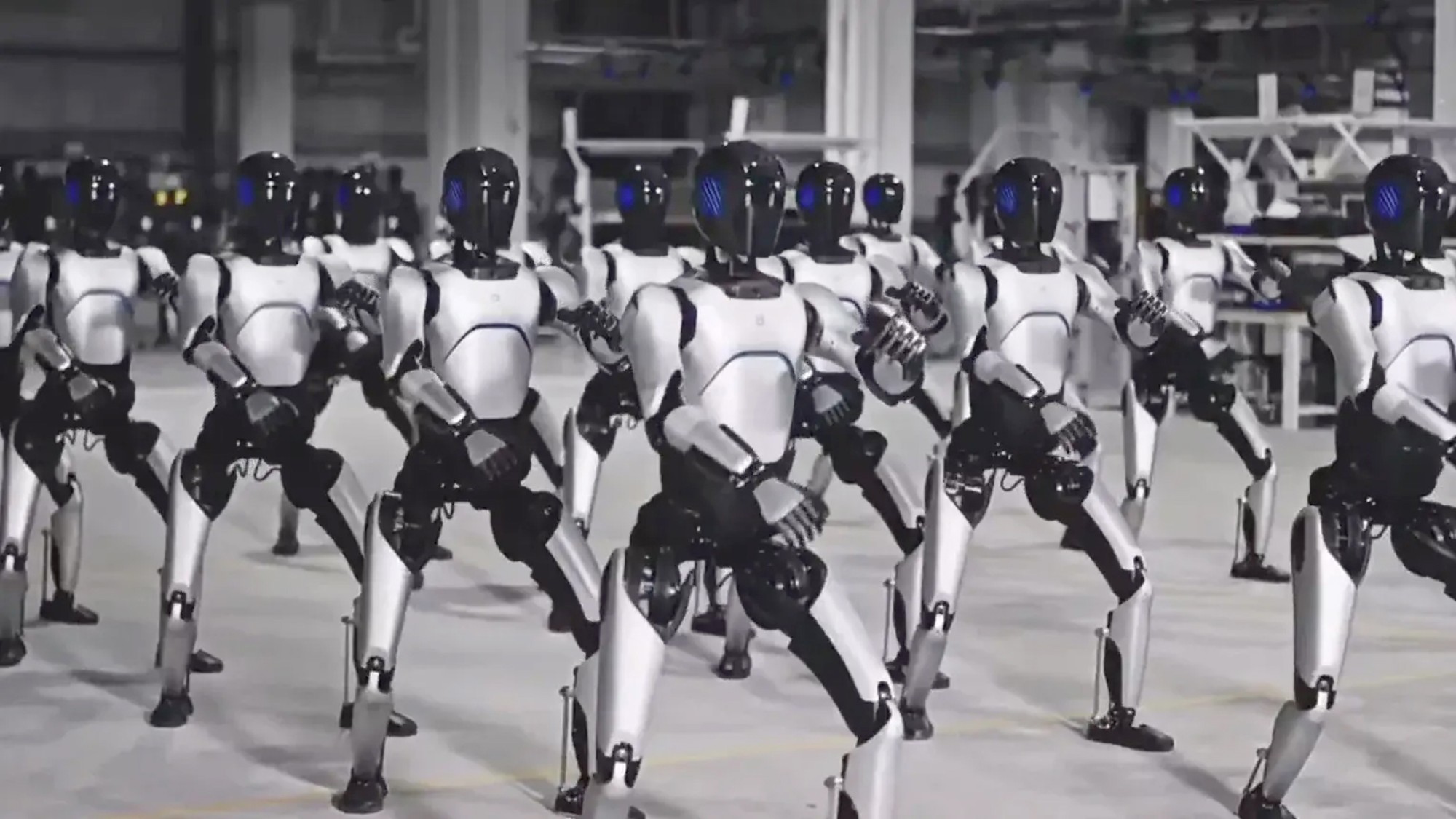 The robot revolution
The robot revolutionFeature Advances in tech and AI are producing android machine workers. What will that mean for humans?
-
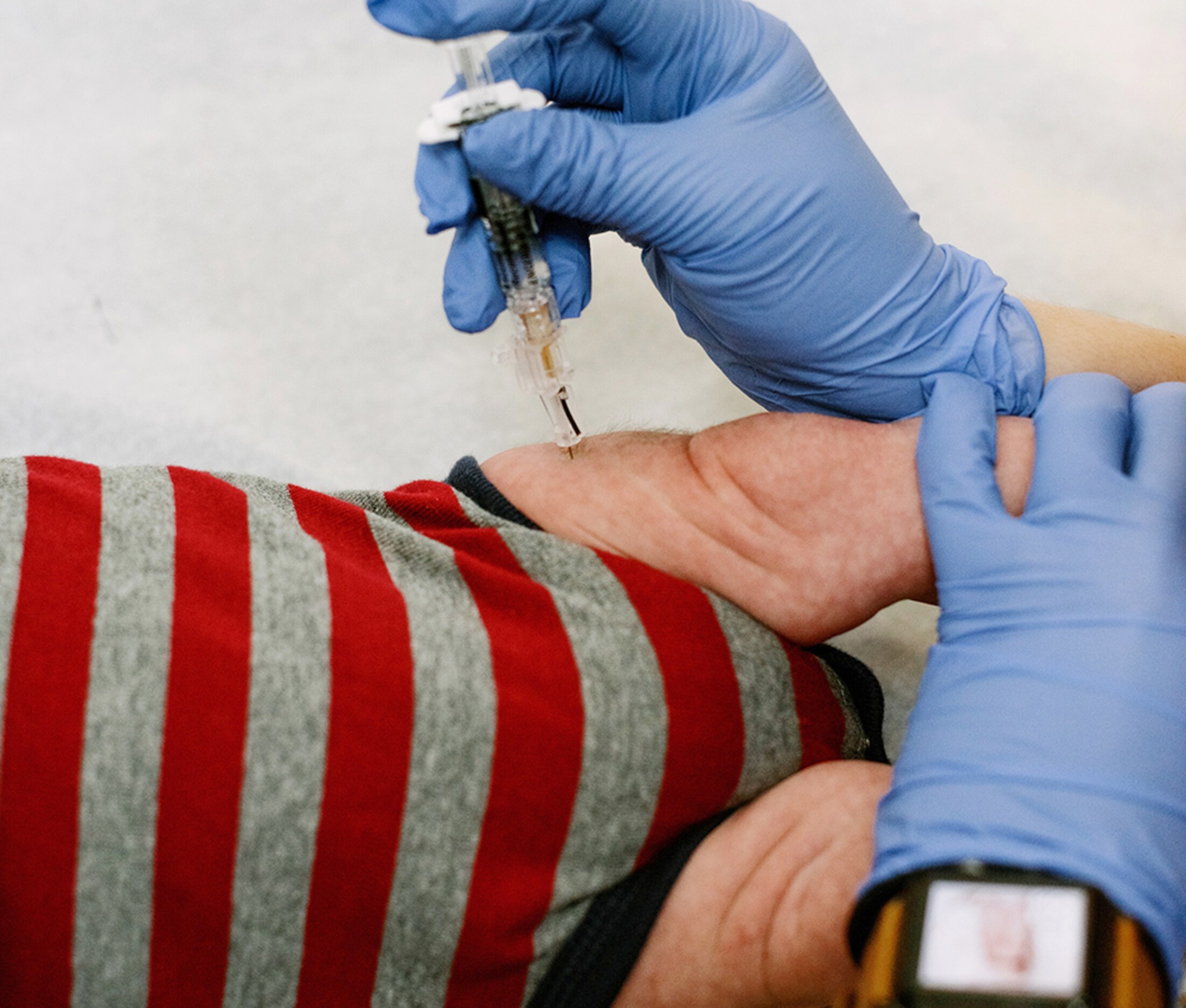 Health: Will Kennedy dismantle U.S. immunization policy?
Health: Will Kennedy dismantle U.S. immunization policy?Feature ‘America’s vaccine playbook is being rewritten by people who don’t believe in them’